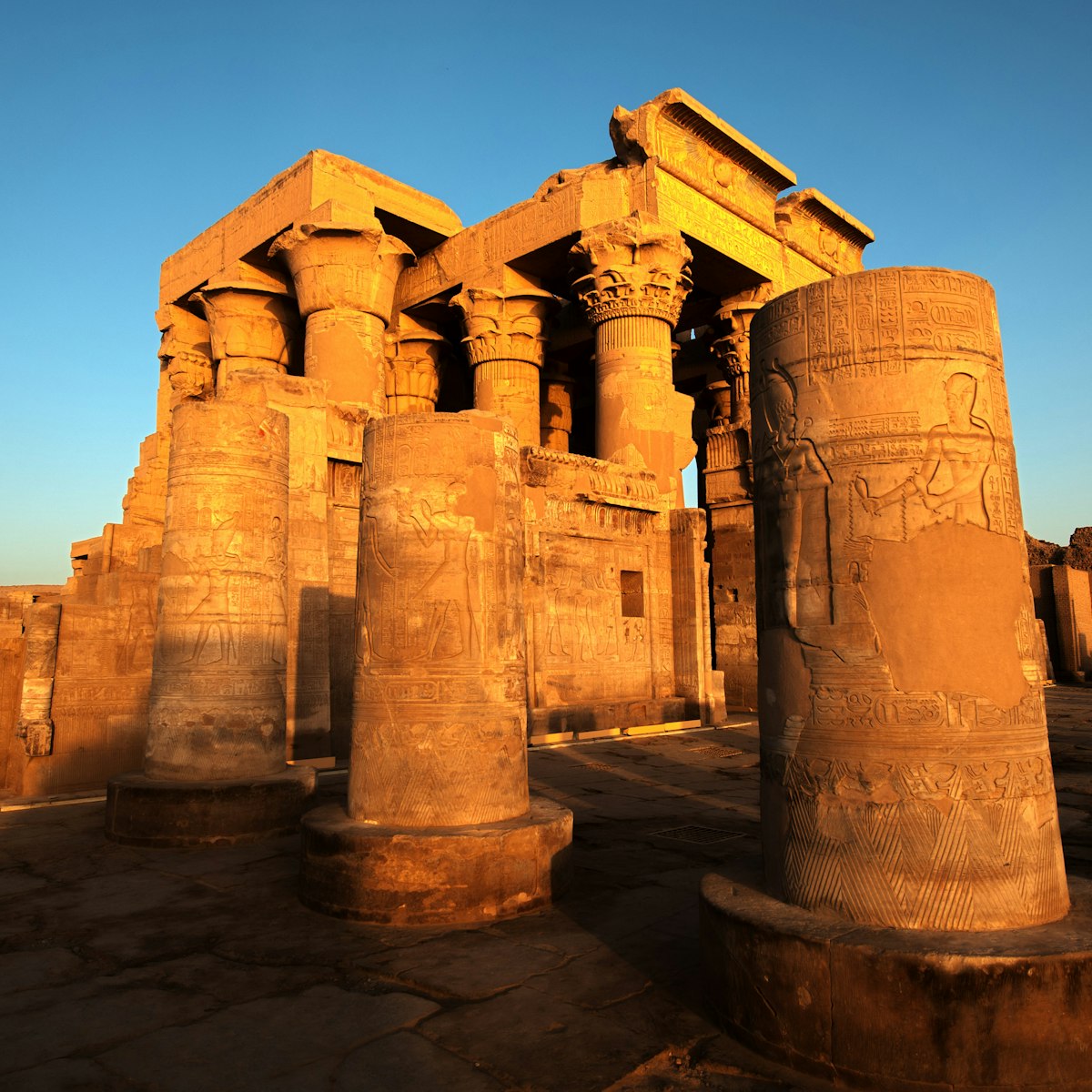The little-visited Nubia Museum, opposite Basma Hotel, is a treat, a showcase of the history, art and culture of Nubia. Established in 1997 in cooperation with Unesco, the museum is a reminder of what was lost beneath Lake Nasser. Exhibits are beautifully displayed in huge halls, where clearly written explanations take you from 4500 BC through to the present day.
The exhibits start with prehistoric artefacts and objects from the Kingdom of Kush and Meroe. Coptic and Islamic art displays lead to a description of the massive Unesco project to move Nubia’s most important historic monuments away from the rising waters of Lake Nasser, following the building of the Aswan High Dam.
Among the museum highlights are 6000-year-old painted pottery bowls and an impressive quartzite statue of a 25th-dynasty priest of Amun in Thebes with distinct Kushite (Upper Nubian) features. The stunning horse armour found in tombs from the Ballana period (5th to 7th centuries BC) shows the sophistication of artisanship during this brief ascendancy. A fascinating display traces the development of irrigation along the Nile, from the earliest attempts to control the flow of the river, right up to the building of the old Aswan Dam. A model of a Nubian house, complete with old furniture and mannequins wearing traditional silver jewellery, attempts to portray the folk culture of modern Nubia.








